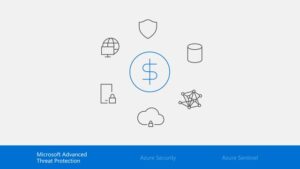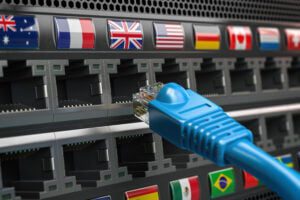IT Asset Management is a fundamental practice for any company that uses technology in its daily operations. This practice involves recording, monitoring, and controlling all of the company's IT assets, including hardware, software, data, and related services.
In this article, we will explore the advantages of IT asset management and how this practice can help increase your company's efficiency and productivity.
- Improved resource management
- With IT asset management, you can have a complete view of all IT resources available in the enterprise. This helps you make more informed decisions about technology investments, including the purchase of new equipment, software upgrades, and the contracting of IT services. In addition, IT asset management helps identify idle or underutilized resources, enabling better resource allocation.
- Cost reduction
- IT asset management can help reduce costs in many areas of the company. For example, with a complete view of available IT resources, you can avoid unnecessary purchases of new equipment or software. In addition, IT asset management helps identify equipment and software that is outdated or needs to be replaced, enabling better IT asset lifecycle management.
- Increased information security
- IT asset management also helps increase the security of your company's information. With a complete view of all IT assets, you can identify and remediate security vulnerabilities in a timely manner. In addition, IT asset management helps ensure that all equipment and software is up-to-date with the latest security fixes and patches.
- Improved regulatory compliance
- Many companies are required to comply with regulatory requirements related to information security, data privacy, and other areas of IT. IT asset management helps ensure that the enterprise complies with these regulatory requirements by providing a complete view of the enterprise's IT resources and enabling the implementation of information security policies throughout the organization.
- Increased efficiency and productivity
- Finally, IT asset management can help increase the company's efficiency and productivity. With a complete view of available IT resources, you can identify bottlenecks and pain points that may be affecting employee productivity. In addition, IT asset management helps ensure that employees have access to the IT resources they need to do their jobs efficiently.
Know your IT assets
The challenge of knowing and performing IT asset management
IT assets are all the resources that contribute to an IT service. They can be technological ('software' and hardware) and non-technological (people, environment, and processes).
When not using an automated solution, although possible, the management of the IT assets is a big challenge for organizations. To better understand the implications of manual control, the first step is to understand what IT assets are and what problems can occur when we have inefficient asset management.
IT assets are all the resources that contribute to an IT service. They can be technological ('software' and hardware) and non-technological (people, environment, and processes).
The management of IT assets with a focus on technological assets ensures that, during their entire life cycle, software and hardware are monitored and tracked. Thus, allowing an adequate planning of their acquisitions, their traceability, use optimization, a greater availability and even an appropriate disposal at the correct time.
Therefore, an inadequate management of these assets can result in waste due to inappropriate investments and even expose the company to serious risks, as in the case of the improper use of software licenses, in disagreement with the licensed quantities.
Automate the Management Process
By automating the IT asset inventory process your management has significant gains. Check out some of these advantages below:
Fewer technical problems: the mapping of equipment allows the company to know which equipment is in use, where, and for how long. In this way, it is possible to know the right time to replace it, thus avoiding technical problems due to wear and tear.
Usage controlBy knowing what software is being used on what equipment, it is possible to avoid usage situations that are not in accordance with the license rules. Similarly, inventory allows you to understand how hardware is used, adjusting usage policies to avoid early degradation due to misuse.
Increased service life: inventoried assets are easier to maintain, so every care is taken, as recommended by their manufacturers.
Better SolutionsKnowing the reality of your assets through a complete and updated inventory allows the company to determine the best solutions for each type of problem involving these assets. This allows, for example, better planning of a software upgrade or the integration of a new type of hardware, such as a new printer model, for example.
Is your company's inventory already complete and up-to-date? Add value to your IT investments and start counting on a inventory system that enables optimal management of your IT assets. Check out how Forti One can help you with our solution.
Conclusion
IT asset management is an essential practice for companies of all sizes that use technology in their daily operations. In addition to providing a complete view of a company's IT resources, IT asset management can help reduce costs, increase information security, ensure regulatory compliance, improve efficiency and productivity.
It is important to note that IT asset management is not a single, isolated task, but rather an ongoing process that requires investment in technology, training, and qualified personnel. By implementing and maintaining an effective IT asset management program, a company can achieve a number of benefits that can boost its competitiveness and success in the marketplace.






